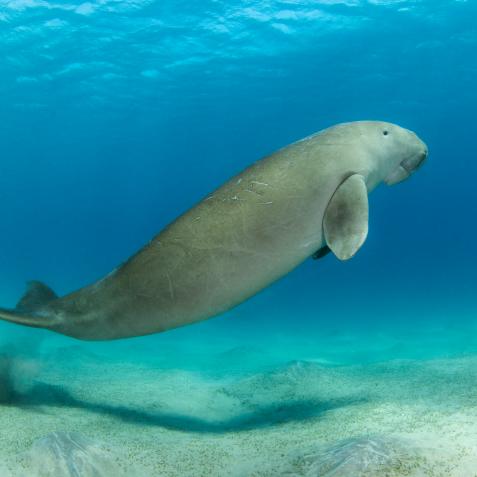
gatito33
The Battle to Save California Mountain Lions
California is considering protecting mountain lions in certain parts of the state through the Endangered Species Act – but not everyone is happy about it.
The big cats are currently considered specially protected species in California, but they are not considered endangered. In April, the California Fish and Game Commission voted unanimously on a proposal that is one step nearer to granting to protect some populations in Southern California and along the Central Coast. “This is a historic moment for California's big cats and rich biodiversity," Tiffany Yap, of the Center for Biological Diversity, said following the vote.
"These ecosystem engineers face huge threats that could wipe out key populations. But with state protections, we can start reversing course to save our mountain lions. Wildlife officials deserve a big round of applause for moving to protect these amazing animals."
A Year in Review
The proposal gives a year to review whether the lions’ status should be elevated to “endangered” or remain as “threatened”. Genetic isolation due to roads and development threatens the health of the six puma populations that were covered in the proposal. Despite a 30-year ban on sport hunting the lions, researchers warn that if nothing is done to protect populations in the Santa Ana and Santa Monica mountains, they could go extinct within 50 years.
The majority of deaths come from being hit by cars, poisonings, and sanctioned depredation kills. The proposal grants temporary endangered status to the several hundred cougars roaming the mountains. However, it will be a fierce battle for environmental agencies, as they will face opposition from developers. If the big cats are permanently listed as endangered, the law requires state wildlife managers to devise a recovery plan for them.
This would potentially mean constraints on development and highway construction from Santa Cruz to the US-Mexico border, according to the petition that was initially submitted by the Center for Biological Diversity and the nonprofit Mountain Lion Foundation.
The California Department of Transportation would not be able to build highways in core mountain lion habitat unless they implemented adequate safe passages under and over them.

David Sailors
But What About Ranchers?
The California Farm Bureau Federation and the California Cattlemen’s Association had already raised objections to the petition, which triggered the vote.
“The big question raised by ranchers right now,” Damien Schiff, senior attorney at the Pacific Legal Foundation, a nonprofit established to protect individual rights and private property, told the LA Times, “Is this: If mountain lions are listed, will they still have a right to remove a lion, if necessary?”
If the lions were to be granted permanent endangered species status, there would also be a conflict with Proposition 117, which states that a farmer or rancher whose livestock has been attacked by a mountain lion has the right to obtain a permit to kill that lion, however they would not be allowed if it were an endangered species.
"We're grateful to the Department of Fish and Wildlife for their efforts and proud of the commission’s leadership to protect California's mountain lions," said Debra Chase, CEO of the Mountain Lion Foundation. "By advancing these mountain lion populations to candidacy, they are helping to ensure that these iconic cats inspire future generations."












































































